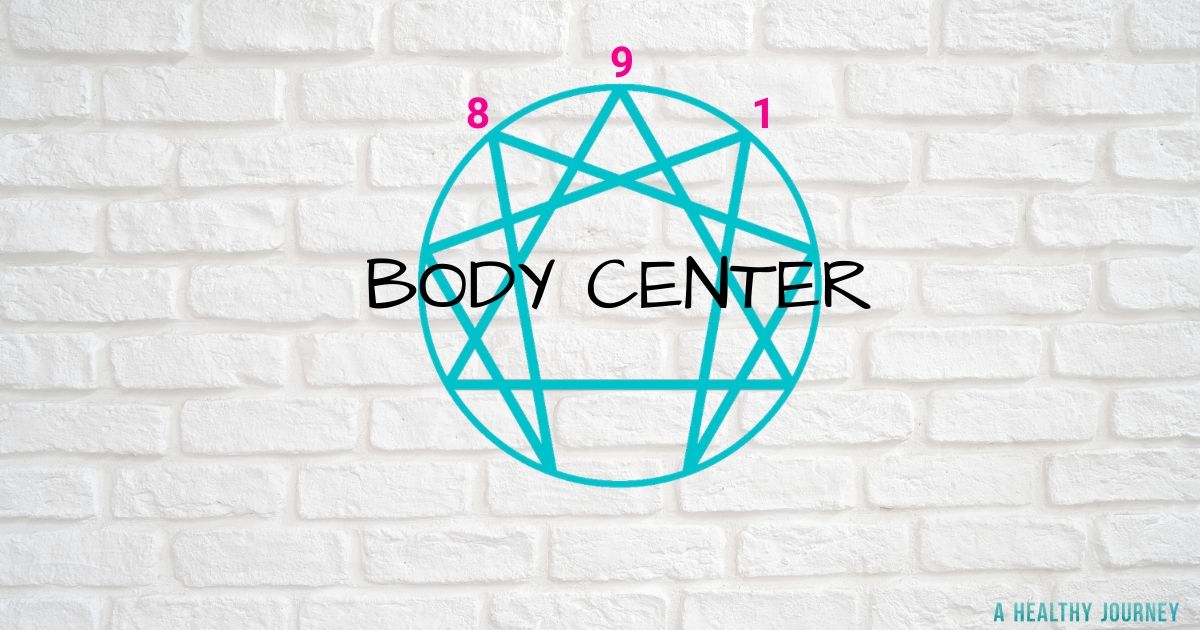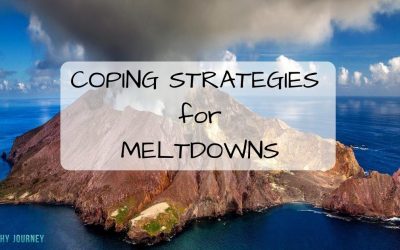My biggest take-away for this week has been, “It’s a marathon not a sprint.”
This means we need to train accordingly and pace ourselves.
Our habits matter. We must invest in our mind, body and soul in order to thrive.
If you had some great habits before the global pandemic hit, now is the time to re-instate them. You are not broken or defective. Start small and remember that baby steps add up to big things. Take action!
You get to decide what matters to you. Take the time and ask yourself, “What do I need to be the best version of myself?”
Many of you have family members counting on you to show up for them. It’s important to feel your feelings and acknowledge the collective grief that is happening AND you must keep showing up for yourself and your people.
As my favourite author and thought leader, Glennon Doyle says “You can do hard things.” (check out her awesome “morning meetings” on IG)
Leaning on The Enneagram is something I continue to do during challenging times. It helps me better understand myself and the people I am spending 24-7 with.
I’m sure I’ve said this before but it’s worth repeating. The Enneagram offers you a way to show yourself and your fellow humans’ compassion. It’s a real gem.
In the last post I covered the 3 types in the HEAD CENTER (5-6-7). Now we are moving on to the final 3 types that make up the BODY CENTER (8-9-1). Here is brief description of each of the types in this action taking and controlling the environment focused center. The common emotion for the BODY CENTER is anger.
Type 8 – The Challenger aka The Protector
Attention goes to: injustices, power, control, facing conflict
Strengths: courage, strength, persistence, fairness, decisiveness
Struggles: seeing injustices that can’t be fixed, being controlled, inaction
Can be perceived as direct, authoritative and intimidating.
Type 9 – The Peacemaker aka The Mediator
Attention goes to: others’ requests/demands, maintaining harmony, comfort
Strengths: adaptability, reliable, empathy, accepting, supportive
Struggles: taking a position, saying “no”, setting priorities, making timely decisions
Can be perceived as indecisive, passive and accommodating.
Type 1– The Reformer aka The Perfectionist
Attention goes to: errors/mistakes, getting things right, comparing self to other
Strengths: integrity, self-reliant, concern for improvement, highly responsible
Struggles: quieting inner critic, delaying pleasure, bogged down by details
Can be perceived as critical, judgmental and overly detailed.
All HEAD types have the same dominant emotion of anger but each type has a different strategy for dealing with it.
A type 8’s anger is about simply expressing it and releasing the energy. Their preferred strategy is to take immediate action and then move on.
A type 9’s anger is about avoiding it within themselves and with others. Their preferred strategy is to deny their anger and create harmony by avoiding conflict.
A type 1’s anger is actually more about resentment and irritation. Their preferred strategy is to control their anger by hiding it because they believe anger bad.
I want to remind you that you might identify with one of the 9 Enneagram types but don’t agree with 100% of the description. This is normal because we are complex creatures AND our degree of self-awareness varies.
Stay focused on why you do what you do, your motivation.
We’ve now covered all 9 type of The Enneagram. Next up I’ll be sharing how to use your Enneagram number to navigate uncertainty and manage stress.
I know I signed-off last week reminding you to schedule in rest because dealing with uncertainty can be very draining. It’s worth repeating so rest like you mean it! (hint: rest is not more screen time)
Wishing you a weekend with plenty of rest without guilt!
Anastasia Hendryanto
Life Design Coach and Enneagram Teacher




